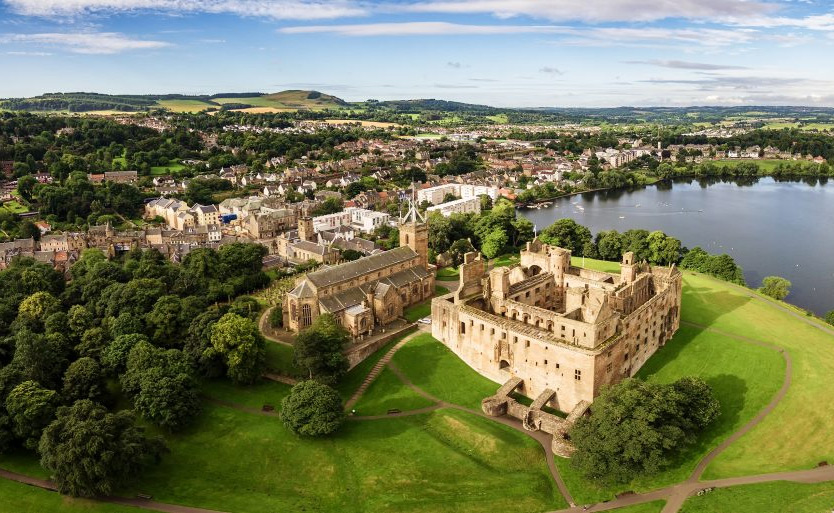
West Lothian, Scotland
(55.97905°N 3.61054°W)
In 1679 Thomas Kirk described the arms of the town as "a black bitch tied to a tree, in a floating island. "The schoolmaster told us it proceeded from the name of the place. Linlithgow, in Erst [Gaelic], is thus explained: Lin signifies Lough; Lith, black; and Gow, a hound."
Linlithgow is located in the north-east of West Lothian and was first occupied as far back as Roman times 2,000 years ago.
Linlithgow’s chief historical attraction is the remains of Linlithgow Palace, the birthplace of James V and Mary, Queen of Scots. The palace was started in 1424 by James I of Scotland and was burnt in 1746. Roofless and ruined, yet entering its gates still inspires awe in visitors. Linlithgow Palace stands on a low hill above a small inland loch.
Many historic buildings line High Street. On the south side, ground levels rise and several historic wynds and closes, and the Cross Well of 1807 which is probably a replica of its 1628 predecessor.
Linlithgow’s rich history and central location make it a popular tourist destination. Linlithgow is twinned with the French town Guyancourt.
Visit Linlithgow
What to See
Medieval Linlithgow: Top 5 Attractions
James I ordered work on a palace to begin in 1424, following a fire that severely damaged the earlier residence. Linlithgow Palace served as the royal nursery for James V (born 1512), Mary Queen of Scots (born 1542), and Princess Elizabeth (born 1596). This impressive quadrangular palace has four ranges grouped around a central courtyard.
Blackness Castle
Blackness Castle is a 15th-century fortress built by Sir George Crichton in the 1440s, probably on the site of an earlier fort. At this time, Blackness was the main port serving the Royal Burgh of Linlithgow. Strengthened by Sir James Hamilton of Finnart in the mid-16th century, the castle became one of the most advanced artillery fortifications of its time in Scotland.


St. Michael's Parish Church
St. Michael’s Parish Church is one of the largest burgh churches in the Church of Scotland. King David I of Scotland granted a charter for its establishment in 1138. Following a fire in 1424, most of the present building dates from the mid 15th century.
The Cross Well
The design of the Cross Well was an accurate replica of its crumbling 1628 predecessor by John Ritchie. Remarkable for the richness and intricacy of the carving, this well excited the envy of the citizens of Edinburgh for the copiousness of its supply of water.


Midhope Castle
Midhope Castle is a 16th-century tower house situated in the hamlet of Abercorn on the Hopetoun Estate. The derelict chateau that can be seen today represents the much-altered 5-story, oblong tower house. Midhope Castle is featured as a location in the Outlander TV series.
Similar Towns
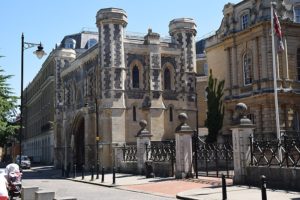
Reading
Reading is a large historic town dating back from the 8th century in Berkshire, England.
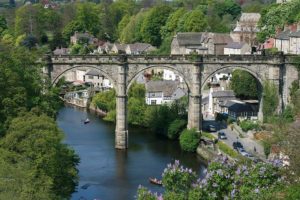
Knaresborough
Knaresborough is a 12th-Century market town perched on the cliffs above the River Nidd.
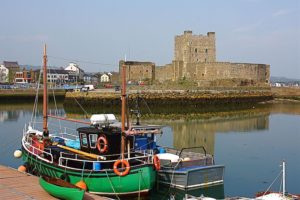
Carrickfergus
Carrickfergus sits on the north shore of Belfast Lough and is County Antrim’s oldest town
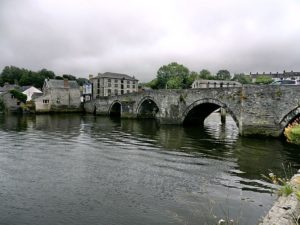
Cardigan
Cardigan was developed around a Norman castle built in the late 11th century.
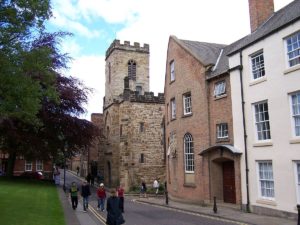
Durham
Durham is a historic city, its Norman cathedral was a centre of pilgrimage.
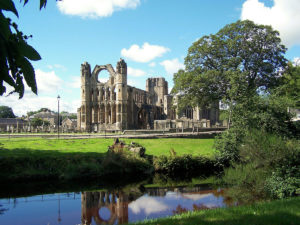
Elgin
Elgin is a town and former cathedral city in Scotland, first documented in 1190 AD.
More to see in Scotland
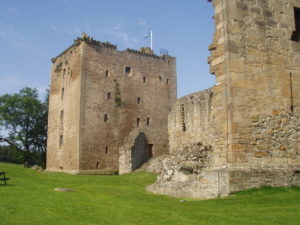
Spynie Castle
Spynie Castle was founded in the late 12th Century by the Bishops of Moray.
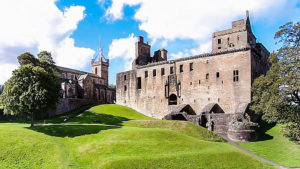
Linlithgow Palace
Linlithgow Palace was the residence of the monarchs of Scotland in the 15th-16th centuries.
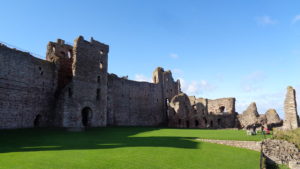
Tantallon Castle
Tantallon Castle is a ruined mid-14th-century fortress atop a promontory in Scotland.
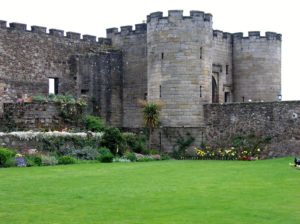
Stirling Castle
Stirling Castle is one of the largest and most important castles in Scotland.

Castle Sween
Castle Sween is located on the west coast of Argyll, Scotland and is thought to be one of the earliest.
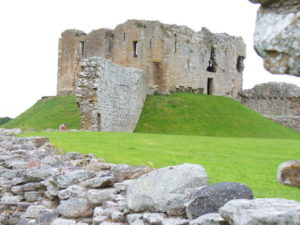
Duffus Castle
Duffus Castle was a Scottish motte-and-bailey castle in use from c.1140 to 1705.










